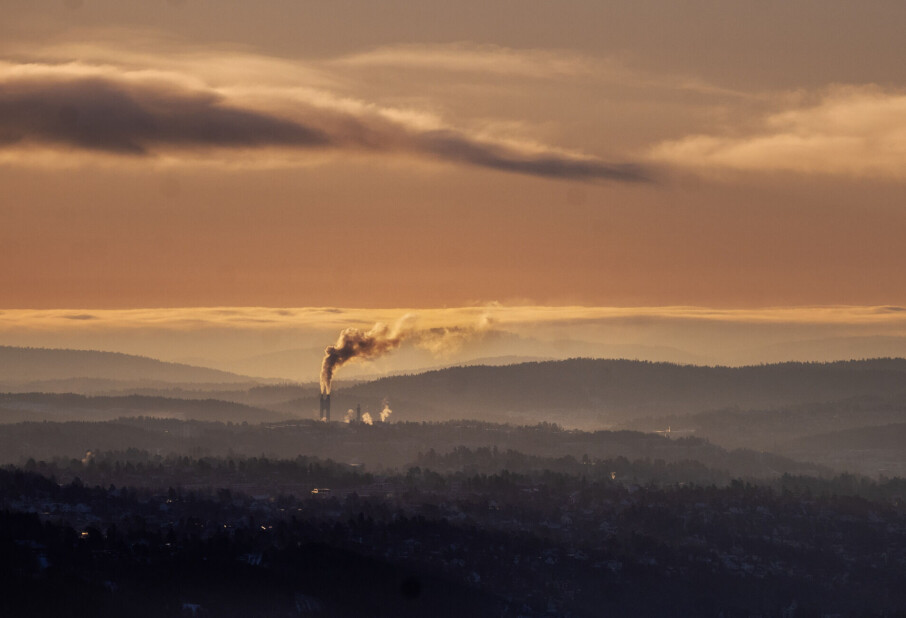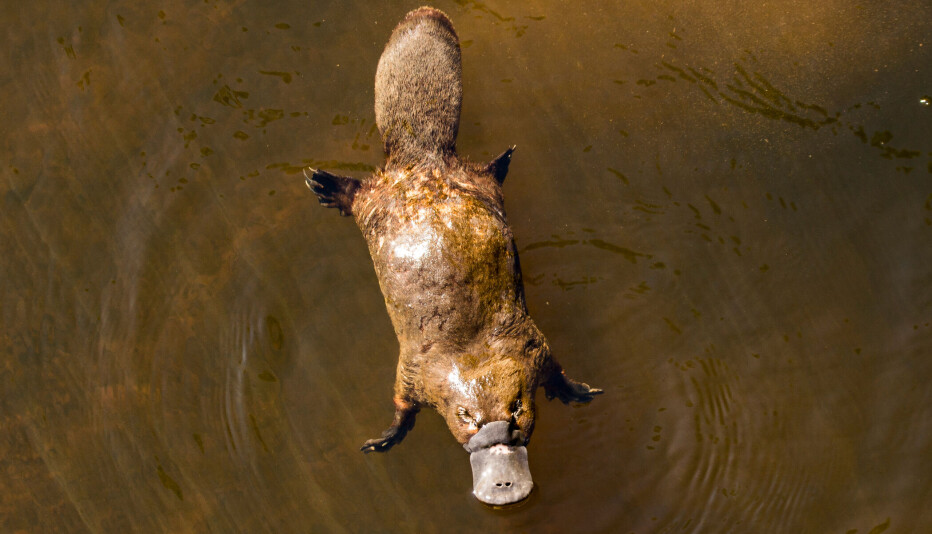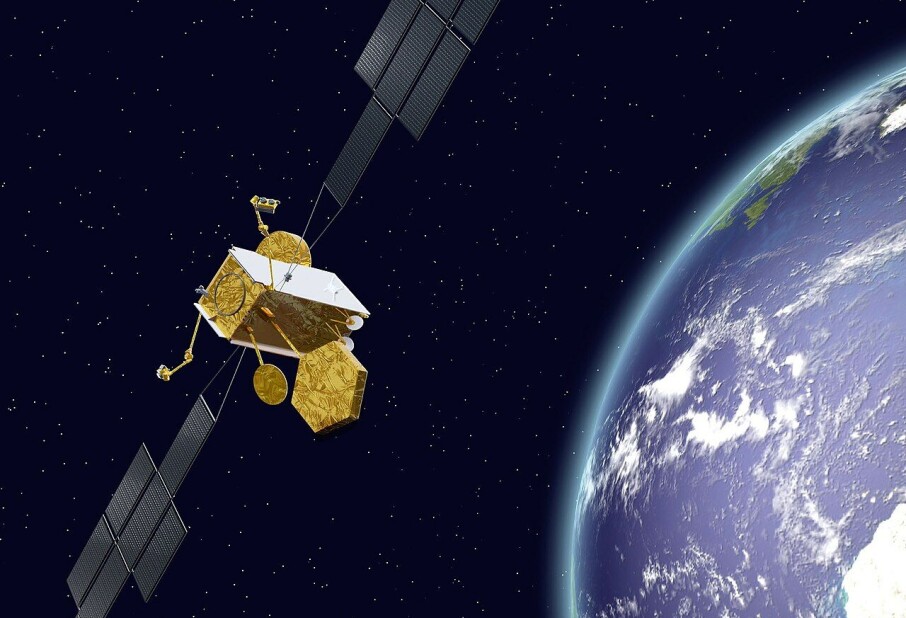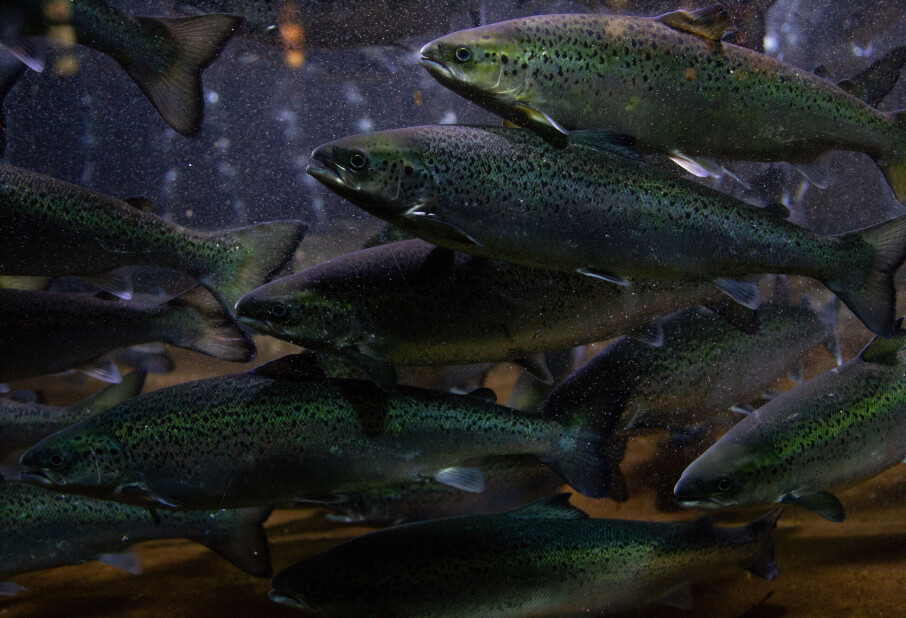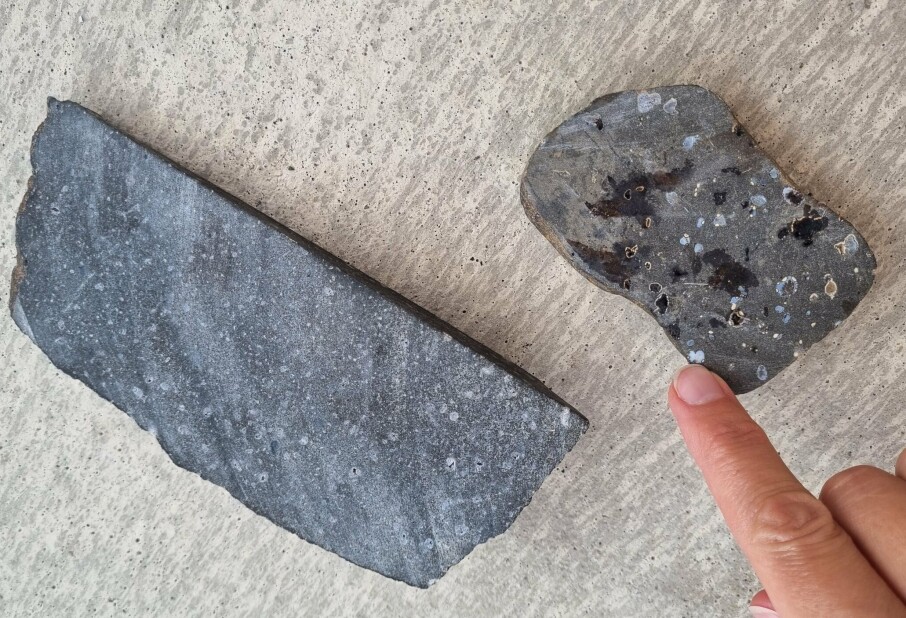THIS CONTENT IS BROUGHT TO YOU BY University of Oslo - read more
Glaciers are shrinking, but stricter climate policies could save twice as much ice
"The choices we make today will resonate for centuries, determining how much of our glaciers can be preserved," says researcher.
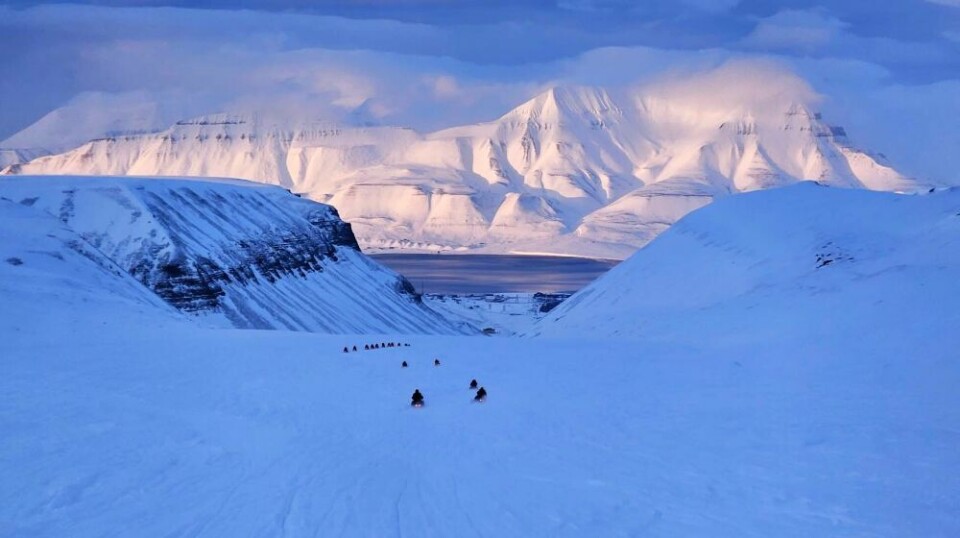
Researchers behind an international study have found that if global temperatures rise to 2.7°C above pre-industrial levels – the trajectory set by today's climate policies – only 24 per cent of current glacier mass would remain.
But if warming is limited to 1.5°C, the target of the Paris Agreement, 54 per cent of glacier mass could be preserved.
A team of 21 researchers from ten countries used eight glacier models to estimate ice loss from over 200,000 glaciers outside of Greenland and Antarctica under various global temperature scenarios.
In each scenario, they assumed that temperatures would stay stable for thousands of years.
Substantial glacier loss even without further warming
The results are striking: Even if temperatures stay at today's level of 1.2°C, 39 per cent of global glacier mass would eventually melt, raising sea levels by more than 10 centimetres.
Crucially, for every extra 0.1°C of warming, another 2 per cent of glacier ice could be lost.
“Our study makes it painfully clear that every fraction of a degree matters,” says Harry Zekollari from the Vrije Universiteit Brussel. "The choices we make today will resonate for centuries, determining how much of our glaciers can be preserved."
May find a new balance in higher altitudes
In all scenarios, glaciers lose ice mass rapidly over a few decades, then continue to melt at a slower pace for centuries – even without further warming. Today’s heat will continue affecting glaciers long into the future, before settling into a new balance as they retreat to higher altitudes.
“Glaciers are good indicators of climate change because their retreat allows us to see with our own eyes how climate is changing. However, since they adjust over longer timescales, their current size vastly understates the magnitude of climate change that has already happened. The situation for glaciers is actually far worse than visible in the mountains today,” says Lilian Schuster from the University of Innsbruck.
Beyond rising sea levels, glacier loss also reduces freshwater supplies, increase the risk of glacier-related hazards, and threaten ecosystems and tourism that depend on them.
These effects will be felt across regions and generations, underscoring the importance of global climate policies.
Glaciers on Svalbard and the Norwegian mainland are severely affected
One of the study's researchers, Regine Hock, Professor of Glaciology at the University of Oslo, highlights the critical situation in Scandinavia.
“The situation is particularly dire for Scandinavia and Svalbard. Even without any further global warming, two-thirds of Scandinavia's ice and nearly half of Svalbard's would melt before the glaciers eventually reach a new balance with the climate," she says.
Hock adds that this will have major consequences for river flow, hydrogen generation, glacier-related hazards, and tourism.

Global efforts to protect glaciers
To tackle the alarming loss of glaciers and raise awareness, the United Nations made 2025 the first international year of glaciers' preservation.
Starting in 2025, March 21 will be celebrated as World Day for Glaciers each year.
In Norway, this day was marked with an open seminar and exhibition at the Climate House, part of the University of Oslo's Natural History Museum. The exhibition was titled The Little Ice Age: How did we handle the last climate crisis?
Reference:
Zekollari et al. Glacier preservation doubled by limiting warming to 1.5°C versus 2.7°C, Science, vol. 388, 2025. DOI: 10.1126/science.adu4

This content is paid for and presented by the University of Oslo
This content is created by the University of Oslo's communication staff, who use this platform to communicate science and share results from research with the public. The University of Oslo is one of more than 80 owners of ScienceNorway.no. Read more here.
More content from the University of Oslo:
-
New study: The dilemma of copyright in the Global South
-
How your lifestyle affects your risk of bowel cancer
-
Muslims were pagans, according to the Norse sagas
-
How a researcher is working to preserve Arabic music
-
Researchers see striking parallels between past and present climate debates
-
How an overlooked plague epidemic changed the Ottoman Empire



















